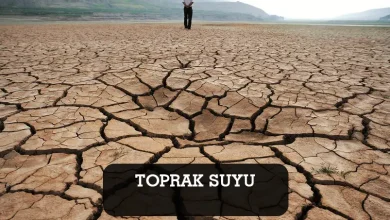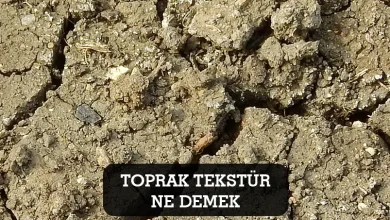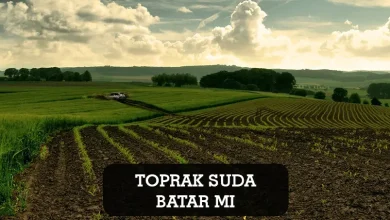Carbon Fiber Türleri ve Karbon Fiber Malzemesi Hakkında Kapsamlı Rehber

Karbon fiber günümüzde endüstride ve teknolojide geniş bir uygulama yelpazesi bulan özel bir malzemedir. Hafif, dayanıklı ve yüksek mukavemetli yapısı, otomotivden havacılığa, spor ekipmanlarından uzay teknolojisine kadar birçok alanda kullanılmasını sağlamaktadır. Bu makalede, karbon fiberın çeşitleri, özellikleri ve kullanım alanları hakkında kapsamlı bilgi edineceksiniz.
Karbon Fiber Nedir?
Karbon fiber, karbon atomlarından oluşan ince ve uzun liflerden meydana gelir. Bu liflerin özelliği, son derece hafif olmalarına rağmen inanılmaz derecede güçlü olmalarıdır. Bu malzeme ilk olarak endüstriyel kullanım için geliştirilmiştir ancak son yıllarda daha geniş bir uygulama yelpazesi kazanmıştır.
Karbon Fiber Türleri
Lif Yapısına Göre Karbon Fiber Türleri
Karbon fiber çeşitleri, liflerin yapılarına ve özelliklerine göre sınıflandırılabilir. İki ana tipi vardır:
- Tek yönlü karbon fiber: Lifler tek bir yönde hizalanmıştır, bu da yüksek mukavemet sağlar.
- Dokulu karbon fiber: Lifler örülmüş veya dokunmuş yapılarda bulunur ve daha fazla esneklik sunar.
Kullanım Alanına Göre Karbon Fiber Türleri
Karbon fiberlar kullanım amaçlarına göre de sınıflandırılabilir:
- Endüstriyel karbon fiber: İnşaat ve yapısal mühendislik projelerinde kullanılır.
- Spor karbon fiber: Bisiklet, kayak gibi spor ekipmanlarında tercih edilir.
- Havacılık ve uzay karbon fiber: Uçak ve uzay araçlarının hafif ve dayanıklı bileşenlerinin yapımında kullanılır.
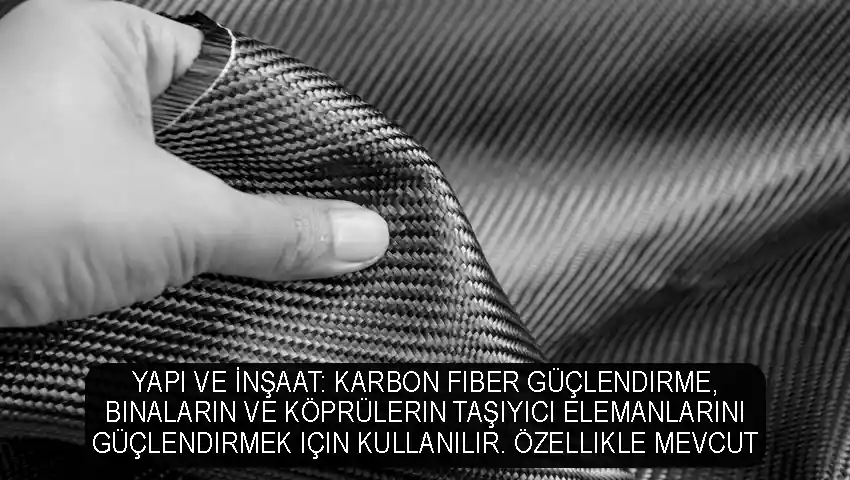
Karbon Fiberın Özellikleri
Karbon fiberın benzersiz özellikleri şunlardır:
- Hafiflik ve Yüksek Mukavemet: Karbon fiberın birim ağırlığı, çelikten veya alüminyumdan çok daha hafiftir, ancak aynı zamanda çok daha yüksek mukavemet sunar.
- Esneklik ve Dayanıklılık: Dokulu karbon fiber malzemesi, çeşitli şekillere kolayca adapte olabilir ve darbeleri emebilir.
- Kimyasal Direnç: Karbon fiber malzeme kimyasal etkilere karşı dayanıklıdır, korozyon oluşturmaz.
Karbon Fiberın Kullanım Alanları
Karbon fiberın çok çeşitli kullanım alanları vardır:
- Otomotiv Endüstrisi: Araç ağırlığını azaltarak yakıt verimliliğini artırır ve performansı optimize eder.
- Havacılık ve Uzay Teknolojisi: Hafif yapısı sayesinde uçaklarda ve uzay araçlarında kullanılır, yakıt tasarrufu sağlar.
- Spor ve Rekreasyon Ekipmanları: Bisikletlerden tenis raketlerine kadar birçok spor malzemesinde tercih edilir.
- Yapısal Uygulamalar: Binaların ve köprülerin güçlendirilmesi için kullanılır, dayanıklılık sağlar.
Karbon Fiber Üretim Süreci
Karbon fiber üretimi karmaşık bir süreç içerir:
- İplik Üretimi: Poliakrilonitril gibi polimerler eritilir ve ipliklere dönüştürülür.
- Örgüleme veya Dokuma: İplikler istenen yapıya örülür veya dokunur.
- Sertleştirme ve İşleme: İplikler sertleştirilir ve son şekillerine getirilir.
Karbon Fiberın Avantajları ve Dezavantajları
Avantajlar:
- Yüksek mukavemet ve hafiflik kombinasyonu.
- Dayanıklılık ve uzun ömür.
- Kimyasal direnç.
- Enerji verimliliğini artırma potansiyeli.
Dezavantajlar:
- Yüksek üretim maliyeti.
- Yüksek kaliteli ürünler için özel ekipman gerekliliği.
What is Carbon Fiber Made of?
Carbon fiber is primarily composed of carbon atoms that are bonded together in long, thin strands. These strands, known as fibers, are what give carbon fiber its unique properties. The carbon atoms are arranged in a crystal-like structure, forming a material with exceptional strength and stiffness.

The process of creating carbon fiber involves transforming a precursor material, usually a type of polymer, into the carbon-rich fibers that characterize carbon fiber. The most common precursor material used in carbon fiber production is polyacrylonitrile (PAN) or, in some cases, pitch (a byproduct of petroleum refining).
How is Carbon Fiber Made?
The production of carbon fiber involves several key steps:
- Oxidation and Stabilization: In this stage, the precursor material (usually PAN-based) is heated in the presence of air. This process removes non-carbon elements and strengthens the molecular structure of the fibers. It’s called “stabilization” because the fibers become more thermally stable.
- Carbonization: The stabilized fibers are then heated to extremely high temperatures in an environment without oxygen (a process called pyrolysis). This causes the remaining non-carbon atoms to be expelled, leaving behind nearly pure carbon fibers. The temperature and duration of this step significantly influence the resulting properties of the carbon fibers.
- Surface Treatment: The surface of the carbon fibers is often treated to improve adhesion with other materials, such as resins in composite materials.
- Sizing: A sizing agent is applied to the carbon fibers. This agent helps protect the fibers during handling and weaving and also enhances the bond between the fibers and the matrix material in composite applications.
- Weaving and Prepreg Formation: The carbon fibers are woven into sheets or fabrics and impregnated with a polymer resin. This creates a material known as “prepreg,” which is ready to be shaped and cured into the desired form.
- Molding and Curing: The prepreg is molded into the desired shape and cured under controlled temperature and pressure conditions. This process solidifies the resin matrix and locks the carbon fibers in place, creating a strong and rigid composite material.
Carbon Fiber Strength:
Carbon fiber is renowned for its exceptional strength-to-weight ratio. The strength of carbon fiber materials can vary based on factors like the type of precursor material used, the manufacturing process, and the specific application. On average, carbon fiber has a tensile strength (the amount of force it can withstand while being pulled) that is significantly higher than that of materials like steel while being much lighter.
The strength of carbon fiber composites is also influenced by how the fibers are oriented within the material. For instance, unidirectional carbon fiber composites, where all fibers are aligned in the same direction, tend to be stronger in that direction but may be weaker in other directions. Various weaving patterns and layer orientations can be used to tailor the composite’s strength and stiffness properties to match specific design requirements.
In summary, carbon fiber is a remarkable material made from carbon atoms, and its strength is a result of both its unique atomic structure and the careful manufacturing processes used to produce carbon fiber composites.
Carbon Fiber Structure:
The structure of carbon fiber is a key factor in its remarkable properties. Carbon fibers are composed of long chains of carbon atoms, usually bonded together in a hexagonal pattern. This arrangement forms a crystal lattice structure known as graphite-like layers. Each layer consists of carbon atoms arranged in a flat sheet, and these layers are stacked on top of each other.
The carbon atoms within these layers are bonded together with strong covalent bonds, which gives the material its exceptional strength. The layers themselves are held together by relatively weaker van der Waals forces. This unique combination of strong covalent bonds within layers and weaker interlayer forces gives carbon fiber its mechanical strength, stiffness, and other desirable properties.
The arrangement of carbon atoms and the crystalline structure contribute to the lightweight nature and high tensile strength of carbon fiber. This atomic structure allows carbon fibers to distribute loads effectively and resist deformation and stress.
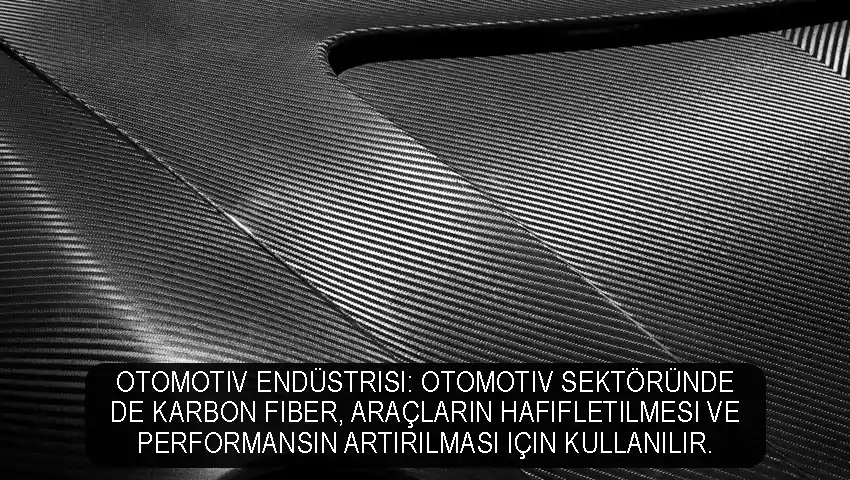
Is Carbon Fiber a Composite?
Yes, carbon fiber is often used as a reinforcing material in composite structures. A composite material is formed by combining two or more distinct materials with different properties to create a new material that exhibits improved characteristics.
In the case of carbon fiber composites, the carbon fibers act as the reinforcement, providing high strength and stiffness. These fibers are embedded within a matrix material, usually a polymer resin, which binds the fibers together and transfers the loads between them. The matrix material can be epoxy, polyester, vinyl ester, or other types of resins.
The resulting material, known as a carbon fiber composite or a carbon fiber-reinforced polymer (CFRP), takes advantage of both the strength of the carbon fibers and the flexibility and versatility of the polymer matrix. This combination allows for the creation of materials that are not only strong and stiff but also lightweight and corrosion-resistant.
Carbon fiber composites find applications in various industries, including aerospace, automotive, sports equipment, construction, and more. The specific arrangement of the carbon fibers within the composite, along with the choice of matrix material and manufacturing processes, determines the final properties of the material and makes it possible to tailor these properties to suit specific needs.

